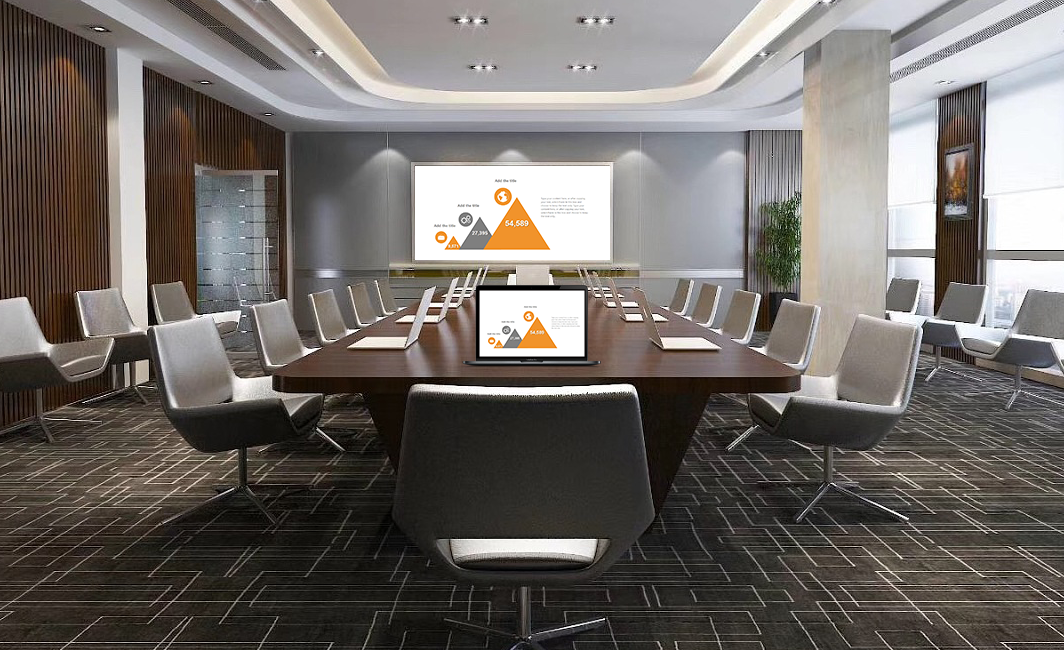DLNA: Wireless Push Solution for Multimedia Content
The DLNA solution focuses on wireless targeted push of multimedia content. Photos, audio, and videos stored on devices like mobile phones, computers, and tablets can be directly pushed to terminals such as TVs, projectors, and speakers—no cables needed. It avoids casting the entire screen, making it suitable for office, home, and leisure scenarios.
Multi-Device Interconnection, Effortless Connection
Most devices—including Android/iOS devices, Windows/macOS computers, smart TVs, projectors, and even speakers—can automatically “recognize” each other as long as they support the DLNA protocol and are connected to the same network. No manual pairing is required:
- Open the photo, video, or music file you want to push.
- Tap “Share” and select the receiving terminal.
With just two steps, even the elderly and children can master it after one try. It supports a wide range of new and old devices; even old laptops and basic smart TVs can be connected, eliminating the need to replace devices specifically for content sharing.
Targeted Content Push, Convenient Usage
Only the selected multimedia content is pushed, without occupying the entire screen:
- After pushing a movie from your phone to the TV, you can exit the app to check messages or answer calls—this will not interrupt the TV playback at all.
- When pushing a demo video from your computer to a large screen, switching to documents or replying to messages in the background will not expose your desktop, ensuring privacy protection.
It supports common formats such as MP4, JPG, and MP3. When pushing 4K videos, the image quality remains uncompressed with smooth and delicate pictures; when pushing lossless music to speakers, the sound quality is as clear as local playback, with no compromise on content quality.
Multi-Scenario Adaptation, Practical and Considerate
- Home Entertainment: Push saved TV series from your phone to the living room TV for a more immersive viewing experience; push travel photos from your computer to the TV, allowing the whole family to gather around and browse—more lively than huddling around a small screen; push light music from your tablet to the bedroom speaker, so you can listen while reading on the tablet without mutual interference.
- Office Presentations: During meetings, push product demo videos from your computer to the large screen without connecting a projector cable, enabling flexible movement while explaining. If you temporarily receive case images from clients on your phone, instantly push them to the large screen for colleagues to view—no need to transfer files to a computer, ensuring smooth presentations.
- Leisure Scenarios: Push audio books from your phone to the living room speaker in the study, so you can listen while doing housework; during outdoor camping, push local documentaries from your laptop to a portable projector, making group viewing more atmospheric.
No dedicated software installation is required—you can use it with the built-in functions of your devices. Once connected to the network, devices can be linked automatically. It supports multiple devices to push content to the same terminal in turn (e.g., family members taking turns to push their selected songs from phones to the speaker). Administrators can check push records through the terminal backend, making daily use hassle-free. For multimedia content streaming, DLNA is definitely a reliable choice.
